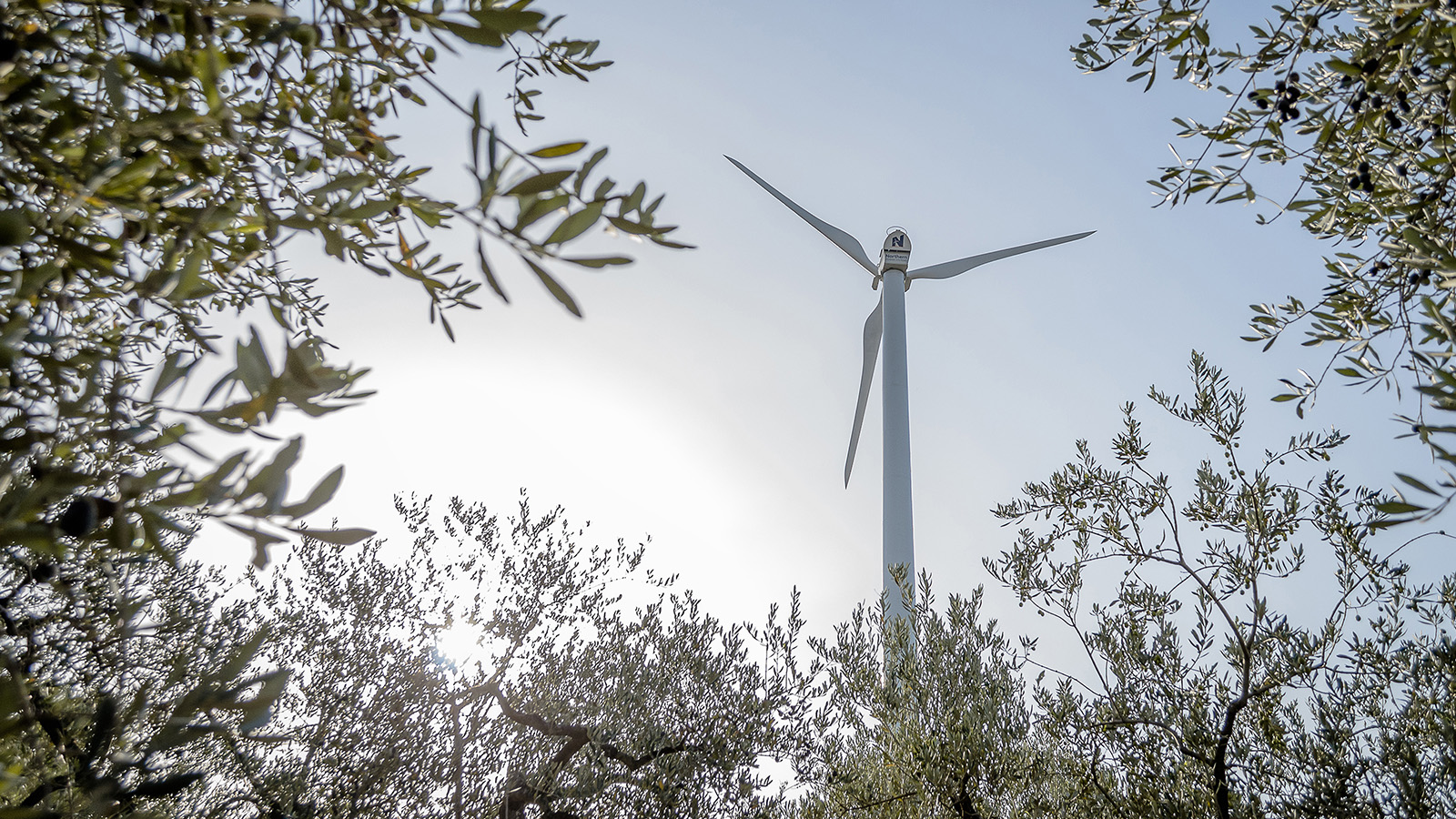News
Messy permitting leads to yet another undersubscribed wind auction in Italy

1 February 2022
Italy has published the results of its latest renewables auction. 3,300 MW was on offer, including non-awarded capacity from previous undersubscribed auctions. But only 975 MW of utility-scale projects were awarded, of which 392 MW were onshore wind. Yet again the lack of permitted projects led to an undersubscribed auction. The backlog of non-awarded renewables capacity in Italy keeps piling up.
“Italy is Europe’s prime example for how bad permitting leads to low renewables build-out. Neither the EU’s renewables target for 2030 nor Italy’s national targets for wind energy count for anything if there aren’t enough permitted projects that can bid in to the auctions. The latest undersubscribed auction shows once again that Italy urgently needs to fix its permitting arrangements. No other European country has more problems in permitting new wind farms than Italy”, says Giles Dickson, WindEurope CEO.
In its current National Energy and Climate Plan (NECP) Italy committed to have 19.3 GW of wind energy by 2030, nearly all of it onshore. This requires Italy to build around 1 GW a year of new wind farms by 2030. But the new EU renewables target – 40% of energy by 2030 – will require Italy to build even more than this.
“At its current rate Italy is not building enough new wind farms to meet its European energy and climate commitments. After another undersubscribed auction the backlog of non-awarded wind energy capacity just keeps piling up”, says Giles Dickson.
The main problem is the permitting situation in Italy. It is extremely difficult to get the approval of public authorities to build new renewables. A staggering amount of projects are currently stuck in bureaucratic procedures. Getting a permit for an onshore wind farm now takes on average five years because of structural bottlenecks. The EU’s Renewable Energy Directive requires Member States to grant permits for new greenfield wind energy projects within two years. For repowering projects this should take no longer than one year.
Permitting is not only an issue in Italy. Many EU Member States are struggling to meet the deadlines indicated in the Renewable Energy Directive. This highlights the importance of the permitting guidance that the European Commission is set to present this summer. Important structural reforms to the permitting procedures required in almost every country include: more staff in the permitting authorities, a clarification of responsibilities between different authorities, more digital permitting procedures and an overall improvement in spatial planning.
With rapid improvements in turbine technology it is also essential that the permitting procedures allow developers to have flexibility in the technology they choose to install. As procedures take five years and longer, the technology mentioned in the original permit application is often outdated. Sometimes manufacturers might not even produce these turbine models any longer. Developers should be allowed to set out a range of technology parameters in their permit application giving them flexibility to deploy state of the art technology and maximise efficiency.
Update: In the meantime, the Italian Government has moved ahead introducing discriminatory clawback measures between producers of electricity based on generation technology. The measure risks to create market distortions and poses a serious threat to the energy transition in Italy and Europe. The measures will jeopardise the Fit-for-55 targets and break investors’ confidence in the Italian market. In a joint statement, leading Associations representing the electricity sector in Italy and Europe, including WindEurope, are calling on the Italian Government to withdraw the measures.

